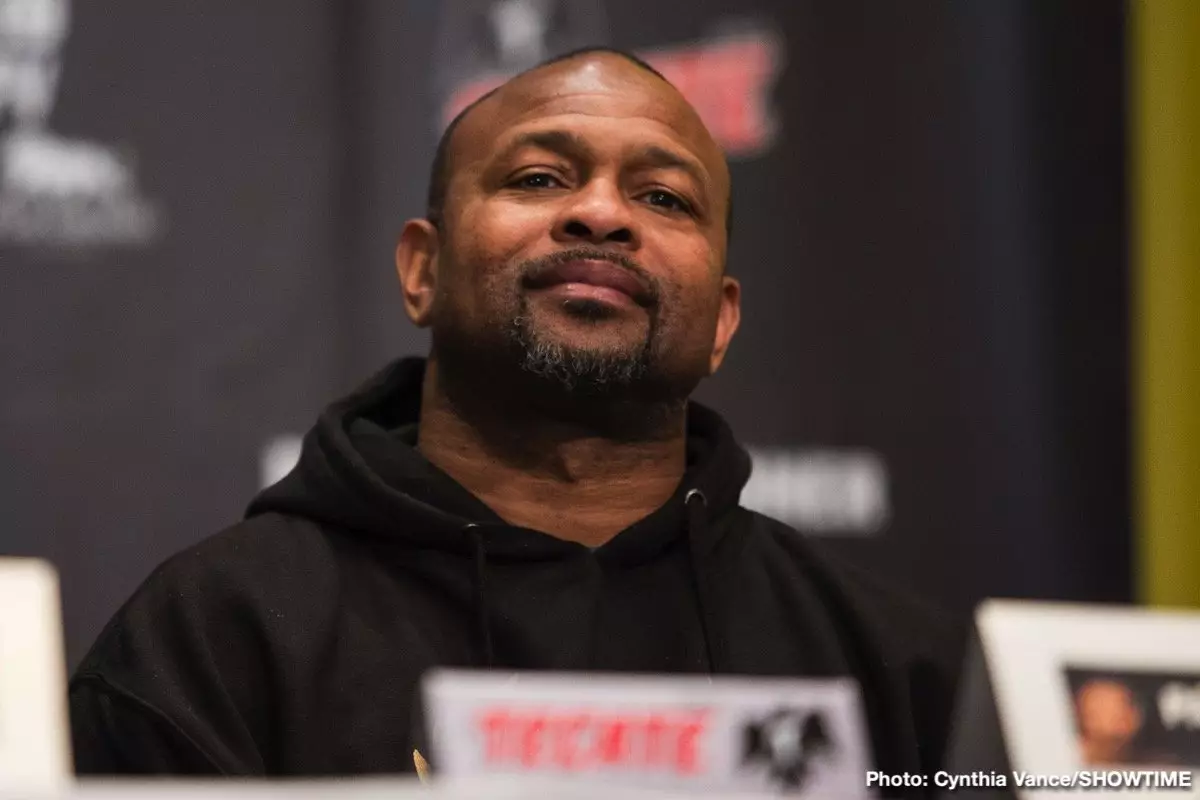The boxing world is notorious for its discussions surrounding the ‘dream fights’ that never materialized — bouts that could have shifted the very landscape of the sport. This intriguing concept was recently explored in depth during an episode of the renowned podcast “All The Smoke,” hosted by Andre Ward, who sat down with the legendary Roy Jones Jr., a figure who many consider to be one of the greatest boxers of all time. Their conversation traversed various hypothetical matchups, revealing insights into how these legendary athletes would have fared against one another. The talk turned particularly captivating when they ventured into exploring the legendary Gerald McClellan, whose explosive power was as infamous as his tragic story.
The Myth of Gerald McClellan
Gerald McClellan, known as “The G-Man,” remains a symbol of both brilliance and loss in the boxing community. In the annals of boxing history, McClellan’s raw punching power and aggression rewrote what many believed was possible in the ring. His ability to end fights swiftly made him both feared and revered. In a particularly riveting segment of the podcast, Ward prompted Jones to reflect on their respective styles and wonder, in hindsight, how they would clash against McClellan’s well-known right-hand punch. This leads us to the ever-fascinating question: How do styles converge in hypothetical matchups?
Jones’ reflections were not just idle speculation; they were steeped in strategic insight. His understanding of McClellan’s offensive prowess highlighted a key element of boxing: the need for adaptability in the face of an opponent’s strengths. According to Jones, McClellan thrived on his right-hand punch, and recognizing this would be essential in devising a strategy to mitigate its impact. The conversation exposed an intriguing layer to their potential bout. Jones had the deftness to evade punches, an ability that could disrupt McClellan’s rhythm.
Roy Jones Jr. vs. Gerald McClellan: The Hypothetical Showdown
Imagining a bout between these two fighters invites speculation not merely on physical attributes but also on psychological warfare. The styles of both fighters present a rich tapestry of tactical possibilities. Jones alluded to the importance of keeping McClellan on the outside, preventing him from launching that devastating right hand. This revelation taps into a fundamental aspect of combat sports: controlling distance. An astute boxer like Jones would leverage his agility and footwork to maintain an advantage, straying out of range of McClellan’s power shots. It raises the question: In any boxing match-up, what dictates success—the fighter’s raw ability or strategic planning?
Moreover, the emotional weight surrounding McClellan’s fate adds depth to the discussion. The tragic derailing of his career due to a severe injury sustained in a high-profile match only heightens the importance of considering fight styles in conjunction with the mental composure of the athletes involved. For Roy, staying connected with McClellan in life post-boxing highlights the sport’s often-overlooked sense of camaraderie and respect among warriors.
The Reverberation of ‘What If’ Scenarios
As boxing enthusiasts, our fascination with ‘what if’ scenarios fuels lively debates and sparks an appreciation for the sport’s rich history. In searching for answers to these hypothetical matchups, we discover that the essence of boxing lies not solely in who would have won a particular fight but also in how these discussions inspire us to rethink what we know about the athletes and battles that defined eras.
This kind of analysis underscores the uniqueness of boxing as a narrative-driven sport wherein stories of resilience, power, skill, and tragedy converge. As Jones articulated, every matchup poses a unique puzzle—an exploration of a fighter’s skill set, and psychological makeup, and even a nod to the unpredictable nature of the sport. The failure to witness a perfect blend of McClellan’s ferocity and Jones’s elusive style remains one of the greatest ‘what-ifs’ that continues to captivate fans worldwide.
In understanding the deeper narratives woven through these legendary athletes’ careers—especially one’s that involve competitors like Gerald McClellan—we must embrace the lessons learned from their triumphs and tribulations. These reflections pave the way for respectful admiration, ensuring that their legacies endure far beyond the boundaries of the boxing ring.


Leave a Reply